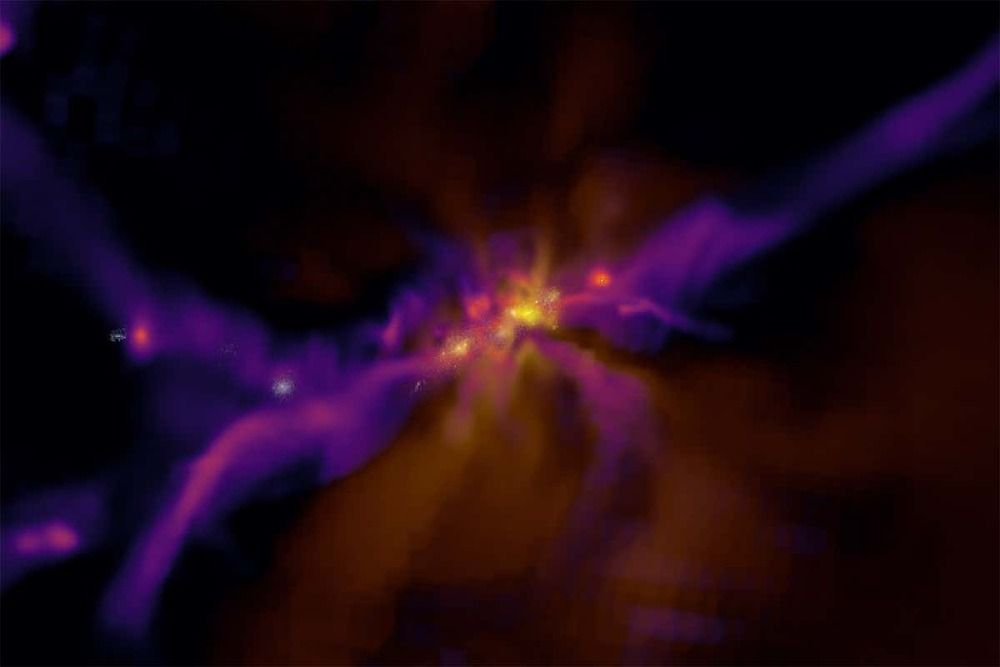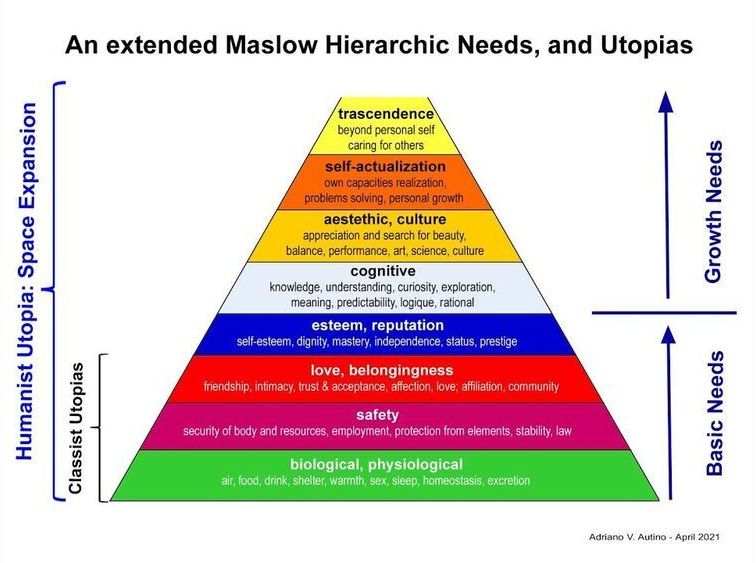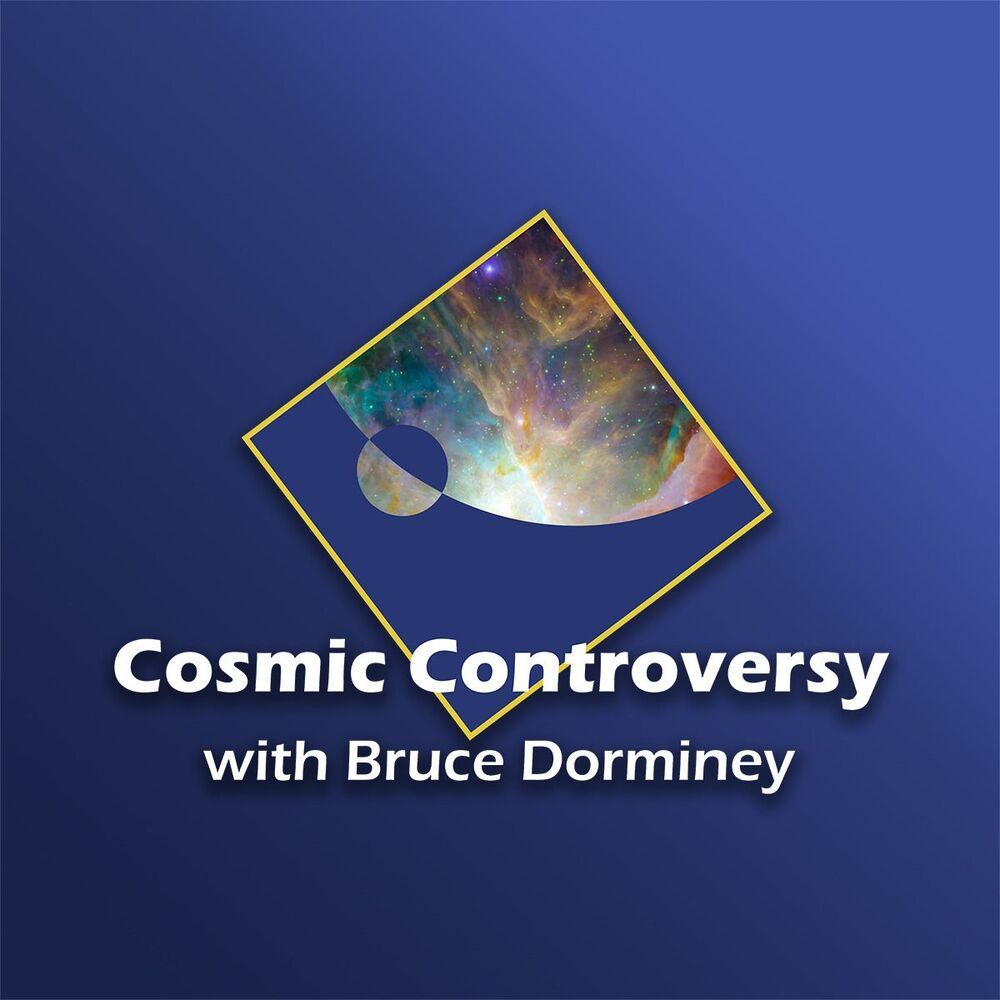Jun 26, 2021
In Extraordinary Experiment, Physicists Bring Human-Scale Object to Near Standstill, Reaching a Quantum State
Posted by Genevieve Klien in categories: particle physics, quantum physics
The results open possibilities for studying gravity’s effects on relatively large objects in quantum states.
To the human eye, most stationary objects appear to be just that — still, and completely at rest. Yet if we were handed a quantum lens, allowing us to see objects at the scale of individual atoms, what was an apple sitting idly on our desk would appear as a teeming collection of vibrating particles, very much in motion.
In the last few decades, physicists have found ways to super-cool objects so that their atoms are at a near standstill, or in their “motional ground state.” To date, physicists have wrestled small objects such as clouds of millions of atoms, or nanogram-scale objects, into such pure quantum states.

















